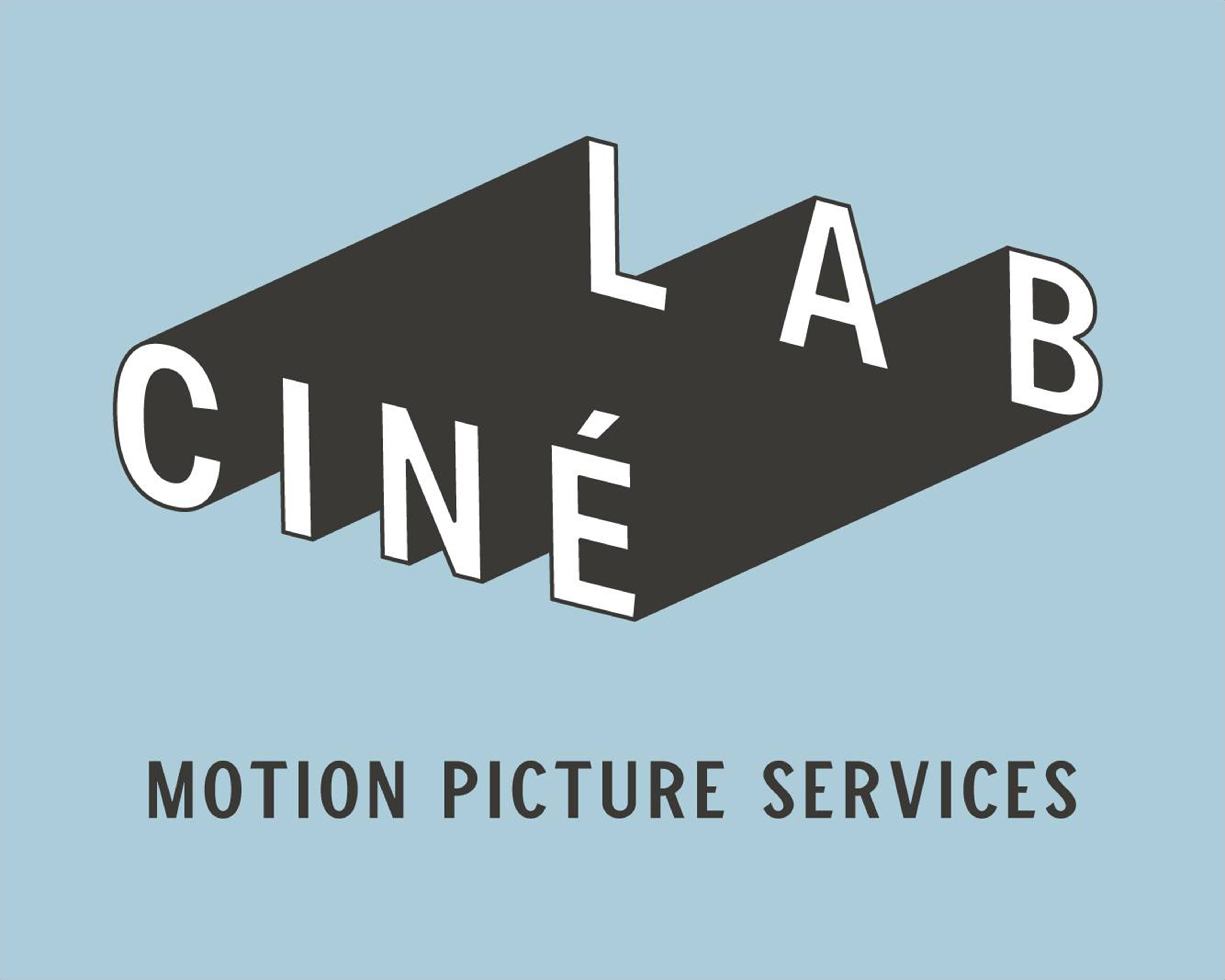I like your idea.
I think the big idea is to shoot in masters first, then go for the mid close ups ...and the closeups last.
Maybe a run through before you shoot each scene.
Do you have much action?
If you do then you might need to do a storyboard for those parts, it will save you lots of talking.
Maybe a clapper board so that you can keep track of the takes? this also stops the clipping out of footage while the camera gets the tape up to speed.
Also, don't pan too fast.. obey the 30 degree rule and the 180 degree rule.
Maybe take a white cloth or card with you, you can drop it below the camera to get light reflected up off the ground to make a face show up better.
Pick a day without clouds...otherwise the light will be all over the place.
Take bug spray, if you go into the wild.
Try and get the sun behind you, the colours will be nicer.
have fun, try and make the mistakes a feature rather than a failure.
I think the big idea is to shoot in masters first, then go for the mid close ups ...and the closeups last.
Maybe a run through before you shoot each scene.
Do you have much action?
If you do then you might need to do a storyboard for those parts, it will save you lots of talking.
Maybe a clapper board so that you can keep track of the takes? this also stops the clipping out of footage while the camera gets the tape up to speed.
Also, don't pan too fast.. obey the 30 degree rule and the 180 degree rule.
Maybe take a white cloth or card with you, you can drop it below the camera to get light reflected up off the ground to make a face show up better.
Pick a day without clouds...otherwise the light will be all over the place.
Take bug spray, if you go into the wild.
Try and get the sun behind you, the colours will be nicer.
have fun, try and make the mistakes a feature rather than a failure.




